Head to Head
Hi Guys,
Today we are having a look at not one, but two interesting pieces of gear. The iFi iDSD Signature, and the iDSD Diablo. The Signature is essentially a refined version of one of my favourite bits of gear, the previous iDSD Black Label. The iDSD Diablo is an all new model, aimed at being their best transportable iDSD product yet! How did they fare? Lets find out. (From here on out, I will refer to the iDSD Signature as the “Sig” and the iDSD Diablo as the “Diablo.”)
The iDSD Black Label was my favourite piece of transportable source equipment I had owned or used. It was fairly affordable, packed with features, and powerful. The Sig. has improved upon the BL in all areas in my opinion. The layout makes more sense and is less “fiddly” than the BL, it has a tiny bit more power, and features iFi’s “S Balanced” circuitry. This circuitry is said to deliver the benefits of balanced connections, to those with single ended topology. Now, I’m not on board with balanced being better ALL the time, I think a good single ended piece of gear will beat a poor balanced piece of gear, and vice versa. However, in this instance, the Sig does sound slightly more refined than the previous BL. New on both the Sig and Diablo is the 4.4mm Pentaconn output, which is a welcome feature as more and more manufacturers are using this standard nowadays.
Front View
The Sig features many of the things that the BL did. It has the XBASS feature, and the 3D crossfeed feature. It feature iFi’s IEMatch, as well as low, medium, and high gain settings. This, combined with the 100mw more power with 4100mw at 16ohms, means that the Sig can drive most headphones very well. From hard to drive planer magnetics, to very sensitive IEMs, the Sig has you covered. In addition to the 1/4” and 4.4mm outputs on the front, the Sig also has RCA outputs on the rear, as well as a 3.5mm combo SPDIF/Optical input for those who would rather not use USB as their data connection. One thing that has changed, and it is the only thing I actively prefer on the BL, is the separation of the Data and Power inputs. On the BL, it was very simple, one USB input dealt with both Data and Power, with the option to use the SPDIF input for data if you would prefer. On both the Sig and Diablo, the Data and Power inputs have been separated. Now, this does bring sonic benefits in terms of there being less noise from the power being picked up by the data line, and ending up in whatever you are listening to. However, if you want to use the Sig or Diablo off of mains power, and not their battery, you now need to make sure they are plugged into something like iFi’s 5v iPOWER adapter, or run two usb cables from your computer. This isn’t the end of the world by any means, but I found it a bit frustrating at times, and not as user friendly as the BL. Perhaps it would have been wise to separate the power and data inputs on the Diablo, as it is shooting for “ultimate” sound quality, but leave it as it was on the Sig, as that is a more “all round” type of device.
In terms of sonic performance, I found the Sig to be very similar to its predecessor, with slight refinements. In terms of tonal balance, it is mostly the same, neutral verging on slightly warm. Decent detail retrieval, both macro and micro, across the board. This may have been placebo, but I did find it to sound slightly more dynamic sounding than the BL, and perhaps that has something to do with the implementation of the new S Balanced circuitry. I am fully willing to admit that may just be in my mind however, as the differences were not huge. From sensitive IEMs to my Susvara and Abyss, the Sig fared well as a transportable option. Being able to run such a wide variety of headphones from such a small, easy to use package is tremendously attractive. The XBASS, and 3D implementations again reminded me of the BL, but the 3D feature did seem to be a bit more cohesive and well tuned sounding. As was my experience with the BL, these are not for everyone, and although I do find that I use the XBASS quite a lot, the 3D feature does see less use. A bit of fun with some types of music however, to be sure.
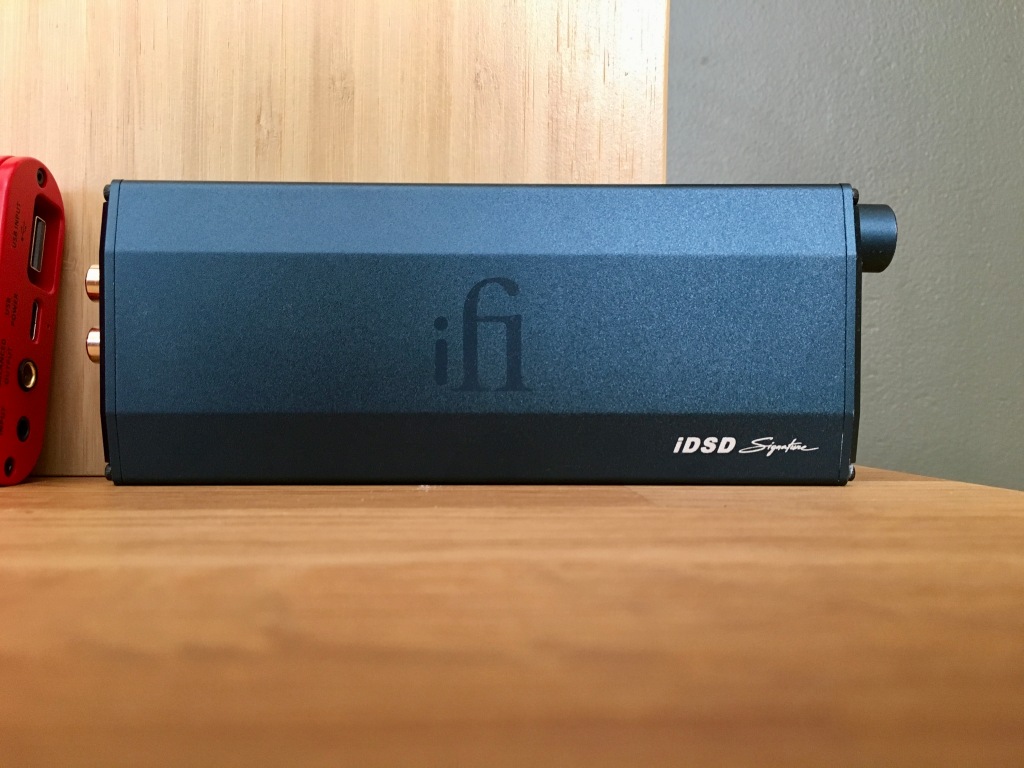
iDSD Signature
All in all, the Sig is a slight refinement both in terms of layout/features and sound quality over the previous BL model.
No more buttons on the bottom.
Now, on to the Diablo. The Diablo is an all new approach to the transportable iDSD form factor. It is a stripped down, fully balanced, more powerful, “track version” vs the “road car” that is the Signature. The Diablo has no XBass or 3D Feature, it has no IEMatch feature. You do get the same low, medium, and high gain modes that you see on the Sig, but that is about it in terms of similarities.
The Diablo comes out the box with a few great accessories. It has a nice tote bag, a 5v iPOWER adapter, and an iPURIFIER3. The iPURIFIER3 is one of iFi’s little USB noise cleaners, and it works well. At the MSRP of the Diablo, $899USD, this is a welcome addition. It also comes with a 4.4mm to dual 3pin XLR cable, which can be use with the 4.4mm output on the rear of the device, to use the Diablo as a DAC only, into whichever amplifier you choose.
The iPURIFIER 3
Same Size, different sound.
So, it has less features, but costs over $200USD more than the Sig, you may be asking? Yes. That is it exactly. iFi was clear that the Diablo is meant to be a stripped down, all out performance piece of gear. The best they can currently manage in the small transportable iDSD form factor. By ridding it of the small features the Sig contains, they were able to add on more ultimate performance. Listening to the Diablo, I think they managed.
The Diablo sound more similar to the Neo iDSD which I reviewed, than the BL. Less warm, more detailed, more dynamic. All across the board, it takes the base performance of the Sig and improves it. It is a much more neutral sounding device, and worked well with all three of my main headphones (Susvara, AB1266TC, and Verite.) Due to the fully balanced circuitry vs. The S Balanced of the Sig, the Diablo is able to manage 5000mw into 16ohms peak power, 900mw more than the Sig. This is helpful when you are working with the AB1266TC and especially the Hifiman Susvara (or HE6.) There is no question in my mind, that if you have a particularly hard to drive pair of headphones, and want a transportable option to drive them, the iDSD Diablo is the current standard to beat. There are other options, but none of them present the power, feature set, sound quality, and ease of use that the Diablo does.
This leaves me with a dilemma however. The Diablo is the better sounding of the two devices, yes. Absolutely, there is no question about that in my mind. BUT……if you are driving IEMs primarily, the IEmatch and feature set of the Sig makes it a much more convincing argument to me. If you are driving hard to drive headphones primarily, then I would suggest taking a look at proper desktop size devices, which at the MSRP of the Diablo can be found in forms which will drive those hard to drive headphones in a much more convincing manner.
Diablo Rear
Signature Rear
So. Who is the iDSD Diablo for then? I think if you are a headphone user, don’t really use IEMs at all, and could care less about the XBass and 3D features, then the Diablo is worth looking at. Apart from that however, I have to recommend the iDSD Signature. It is a more complete package, and cheaper to boot. Most people who are looking for a transportable option, will want it for a wide array of uses. Not just to drive one or two pairs of headphones in particular, whilst at home. Thus, the Diablos use case is much more limited. It does provide the sound quality that is better, there is no doubt about that. It outperforms the Signature in every area of “sound quality”, in my opinion.
The Signature is a welcome refinement of the already great piece of equipment that iDSD Black Label was. It has taken everything, made it more streamlined, and added slight sonic refinements whilst doing it. The Diablo is an interesting top of the line transportable piece of equipment, that if it fits your use case, is unbeaten in my opinion currently. I do however recommend that you really think about the headphones, and IEMs you own, think about how you will use the iDSD of your choice, and try to purchase the one which better fits how you will use it. For me, if I had to choose, I would choose the iDSD Signature. This is due to the fact that I would mostly use my headphones with full on desktop gear, and any transportable option I own, would also be used with IEMs. Thus, the Signature much better fits my needs and uses. However, make no mistake about it, if I wanted a transportable option for my Susvara or Abyss, the Diablo would be the option I would choose, not only against the Signature, but against anything else on the market.
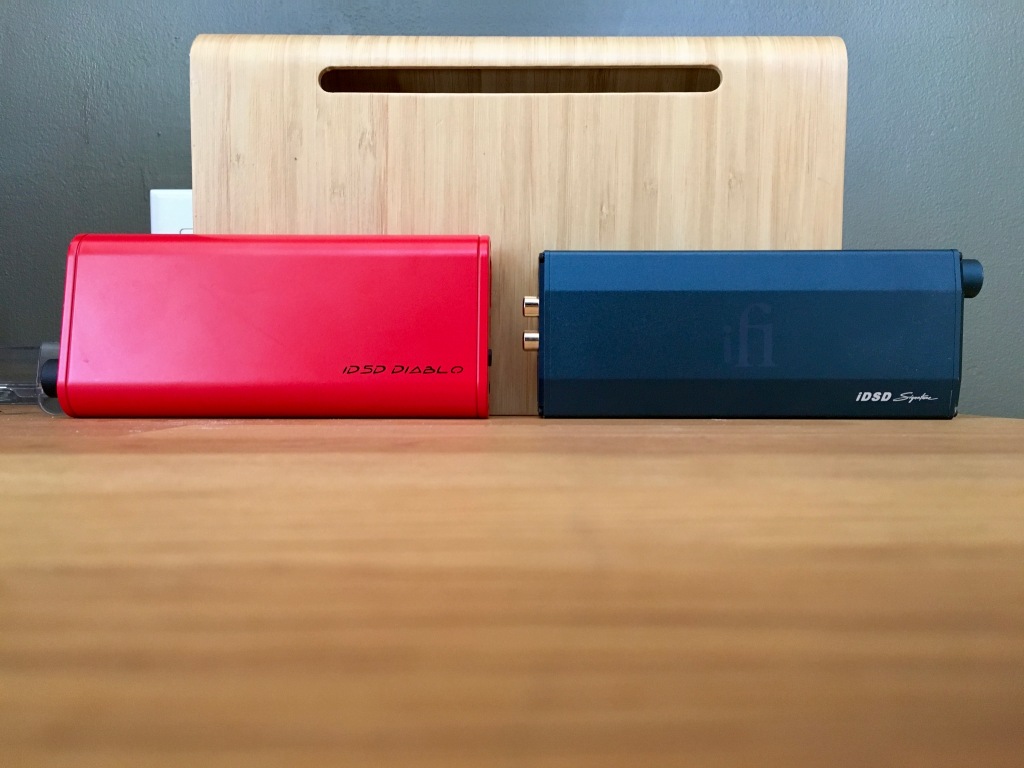




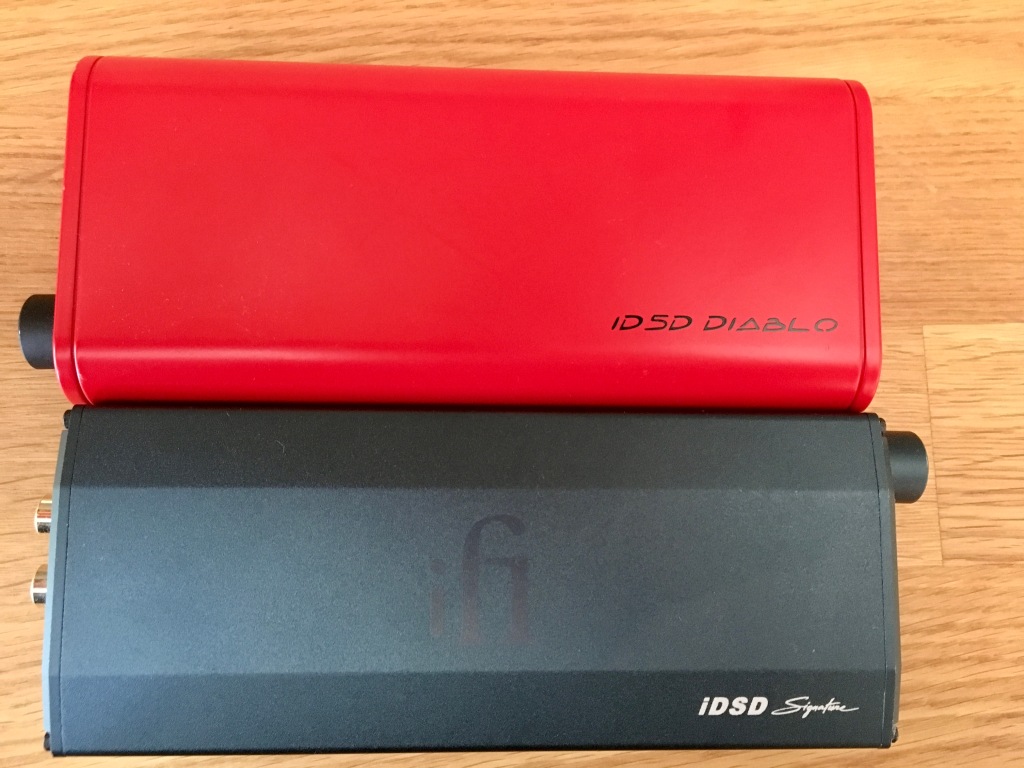
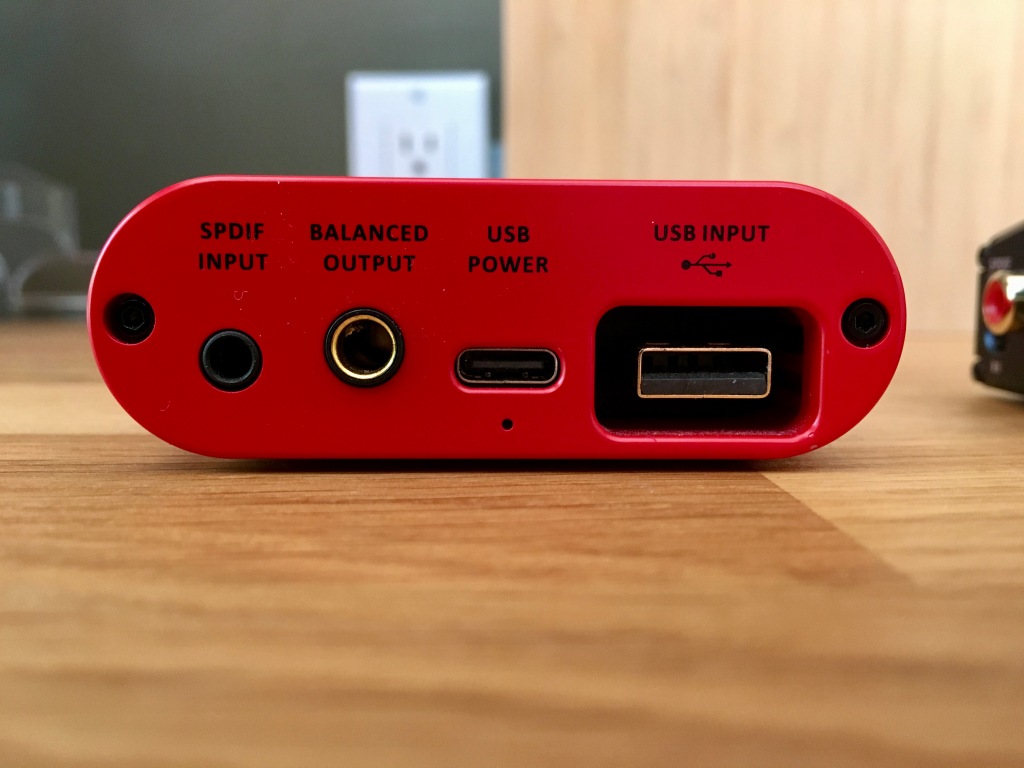
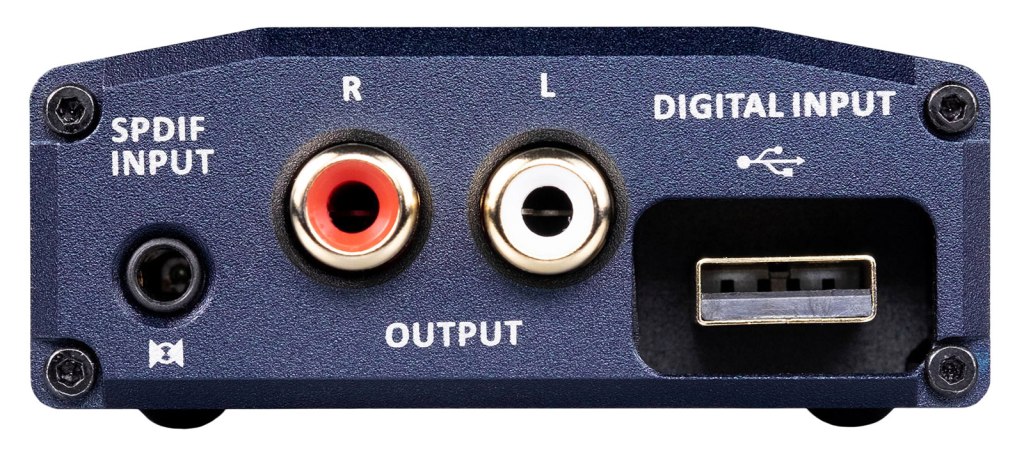
therefore I sold my Diablo few days ago and replaced it with a Pro iCan Amp



